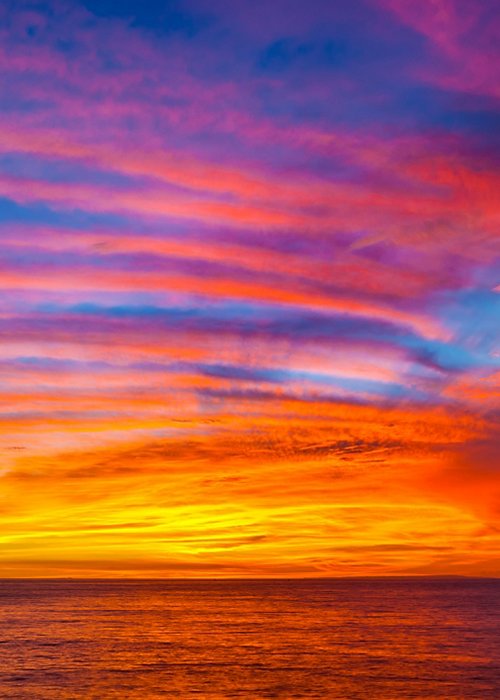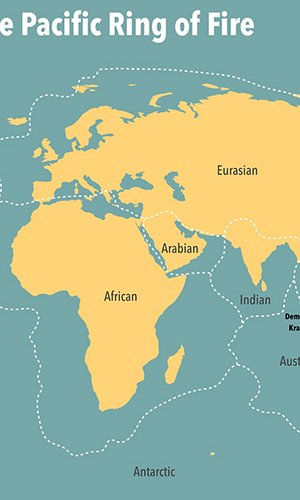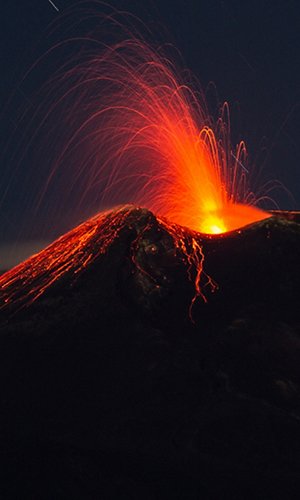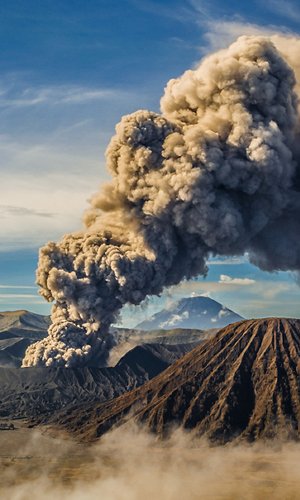For centuries, sunsets have enchanted poets, writers, and painters. And they still stir every romantic heart. But what if we discovered that those fiery skies painted by the great masters of the past are not just artistic impressions, but genuine climate records? That’s precisely what a groundbreaking study by a Greek research team has shown. The researchers analysed hundreds of paintings created between 1500 and 1900 to reconstruct the atmospheric impact of the most powerful volcanic eruptions in modern history. When a volcano erupts violently, it releases millions of tonnes of ash and dust into the atmosphere. The finest particles reach the upper layers of the atmosphere thanks to their extremely light weight and electrostatic charge. They behave like tiny magnets, pushing one another ever higher. The result is a layer of dirty atmosphere that filters sunlight, cools the planet, and alters normal cloud formation processes. The outcome? Unusual rainfall patterns and severe climate instability. But there is also a romantic side. These high-altitude particles can remain suspended for months or even years, scattering sunlight in a very particular way: red and orange rays are amplified, especially at sunset. The result? Skies appear redder than usual, even thousands of kilometres from the eruption site. But if in the past there were no satellites or optical instruments to measure air quality, how can we know all this today? The researchers had a simple yet brilliant idea: observe those sunsets through the eyes of the painters of the time. The team examined over 500 paintings by 181 European artists, including Claude Lorrain, Caspar David Friedrich, J. M. W. Turner and Edgar Degas. These works depicted sunsets, many of them painted shortly after major volcanic eruptions such as Tambora (1815), Krakatoa (1883) or Laki (1783). Researchers analysed digital images of the paintings by measuring the ratio between the red and green (R/G) components of light. A high red/green ratio indicates a stronger red dominance, typical of skies filled with volcanic aerosols. And the result? The red-green ratios in paintings produced after an eruption were, on average, 30–40% higher than those from “normal” periods. The values derived from the paintings peaked at around 0.6 (notably after the Tambora and Krakatoa eruptions), in line with other independent estimates from historical data, optical measurements, and ice core samples. One of the most fascinating findings was the accuracy with which artists captured and reproduced changes in the sky. Romantic and Impressionist painters in particular seem to have had an extraordinary eye for detail. Turner, for instance, painted exceptionally red skies in the years following the eruptions of Babuyan in the Philippines (1831) and Coseguina in Nicaragua (1835), with red-green ratios increasing by nearly 100% compared to his earlier works.
In particular, after the eruption of Tambora – the Indonesian volcano that caused the largest eruption in recorded history in 1815 – Turner’s skies turned spectacular shades of red, even purple. This study is more than just a scientific curiosity: it is an extraordinary example of interdisciplinary collaboration. Art becomes a visual archive of climate, allowing us to study atmospheric dynamics from centuries past with remarkable precision. At a time when awareness of climate change is growing, the idea that the paintings of the great masters can offer valuable insights into climatology is almost poetic.





